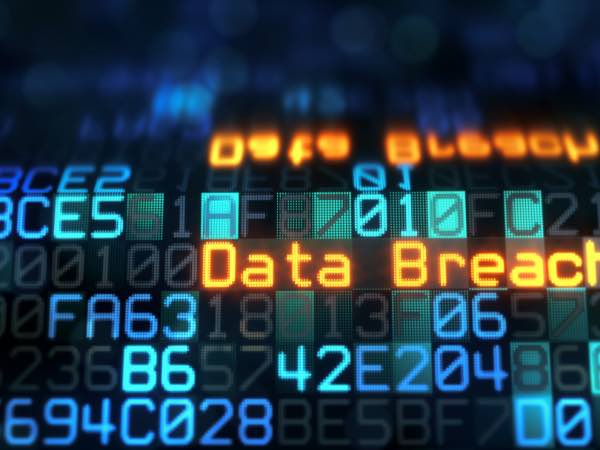We’re at the tail end of yet another really bad year for your online security. You’ve heard about massive data breaches like the half billion people whose private information was exposed by the Marriott chain of hotels.
We’ve told you about some of the worst data breaches, ransomware attacks and phishing email scams of the year. You’re prepared, we hope, for many more hacker attacks and online crimes in 2019.
The problem is so serious that a five-country consortium, including the United States, issued a report detailing five of the most-common attacks with details about how you can protect your ID and your financial credentials. It’s the National Cyber Security Centre’s Joint Report on Publicly Available Hacking Tools.
There are two worrisome parts about these attacks.
They’re easy for hackers to pull off and they often commit their crimes with free software.
Here’s the great news! The National Cyber Security Centre suggests relatively easy ways for you to protect yourself from these five dangerous hacks.
Remote Access Trojans (RAT)
Remote Access Trojans like JBiFrost are scary. Hackers use malware to remotely access your laptop and smartphone.
Hackers can use free software to look at what you’re doing on your device. They can also install keyloggers to track everything you type in, including passwords, often by tricking you with phishing email scams.
Worse, they can use RATs on a wide range of devices and operating systems. These include your Windows laptops, Macs and Android smartphones.
How to protect yourself
The National Cyber Security Centre recommends that use some pretty straightforward steps to protect yourself. Key among these is antivirus software. Many of these programs are free and easy to install. Just make sure to set it up so that it automatically updates.
You should also make sure all your programs are regularly updated and that you install security patches. These patches are fixes that companies like Microsoft and Google regularly issue.
Web Shells
Web Shells like China Chopper let hackers remotely access your devices. They can take over and rename files, for instance.
How to protect yourself
Make sure that your operating system and software programs are up to date and that you regularly install security patches. Although, the best way to defend yourself against Web Shells is to avoid the affected web servers, if you can.
Credential stealers
If you use Windows and work on a network, at work or home, you’ve probably heard about Mimikatz. It’s a credential stealer that lets hackers use Windows’ Local Security Authority Subsystem Service (LSASS) to access multiple computers on a network.
Mimikatz has been used in ransomware attacks, where the hackers demand that companies, hospitals and government agencies pay money to regain access to their locked computer systems. These are scary attacks that can put people’s lives at risk.
How to protect yourself
One easy way to protect yourself from credential stealers is to make sure your Windows 10 operating system is updated. Go to Start (the Windows icon on your screen), select Update & Security and click on Check for Updates.
The National Cyber Security Centre also recommends: “Windows 10 and Windows Server 2016 systems can be protected by using newer security features such as Credential Guard.”
Lateral movement networks
The lateral movement network PowerShell Empire was originally designed as testing tools. Their purpose was good, but hackers have exploited them.
They use PowerShell Empire, Colbalt Strike and other lateral movement networks to move around computer networks. They can be used to create malware attacks and steal your credentials.
These hacks can be hard to find because they are built on legitimate tools. Plus, they can operate almost entirely in your laptop’s memory.
How to protect yourself
You should have an IT professional help you find compromised PowerShell activity, unless you’re comfortable doing that. You can start by deleting old versions of it.
You should also restrict the number of people who have access to the PowerShell. Then carefully monitor it and log in to detect criminal activity.
Obfuscation tools
Hackers are online criminals who hide from you. Their attacks are hidden from view, but the consequences of their actions can be your money being stolen or your Social Security number being sold on the Dark Web.
Often, hackers use obfuscation tools like the free HTran to hide themselves from detection. They use a process called Transmission Control Protocol (TCP) to redirect transmission to remote host.
How to protect yourself
Hackers have to physically access your laptop to install HTran. So, make sure you have your devices set to lock with a password required to gain access.
The National Cyber Security Centre also recommends installing a firewall on your devices. A lot of operating systems like Windows 10 come with firewalls built in.
To make sure it’s installed and operating, type “firewall” into the task bar where it says “Type here to search.” Open the Windows Defender Firewall and make sure it’s turned on.
Take these steps and you’ll be able to breathe a bit easier, knowing you’ve protected yourself against hackers. Now, stay diligent!



